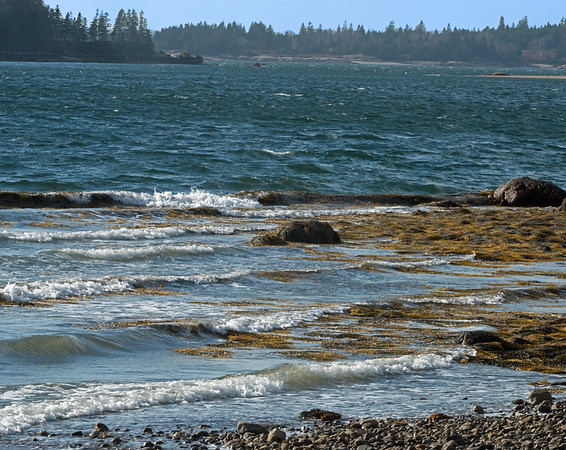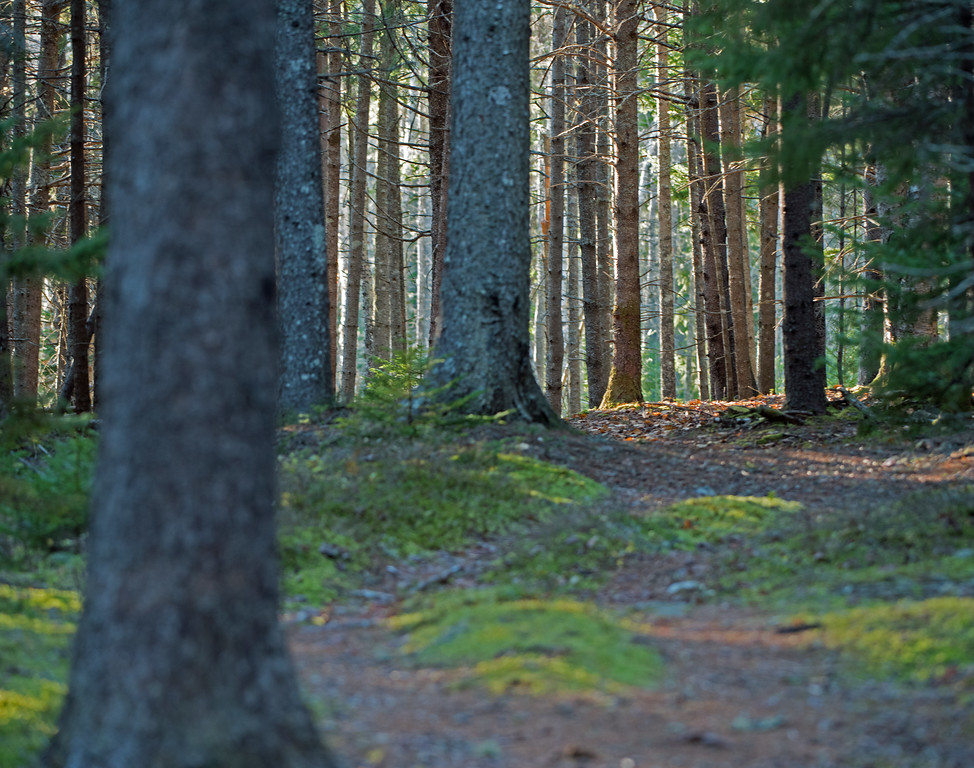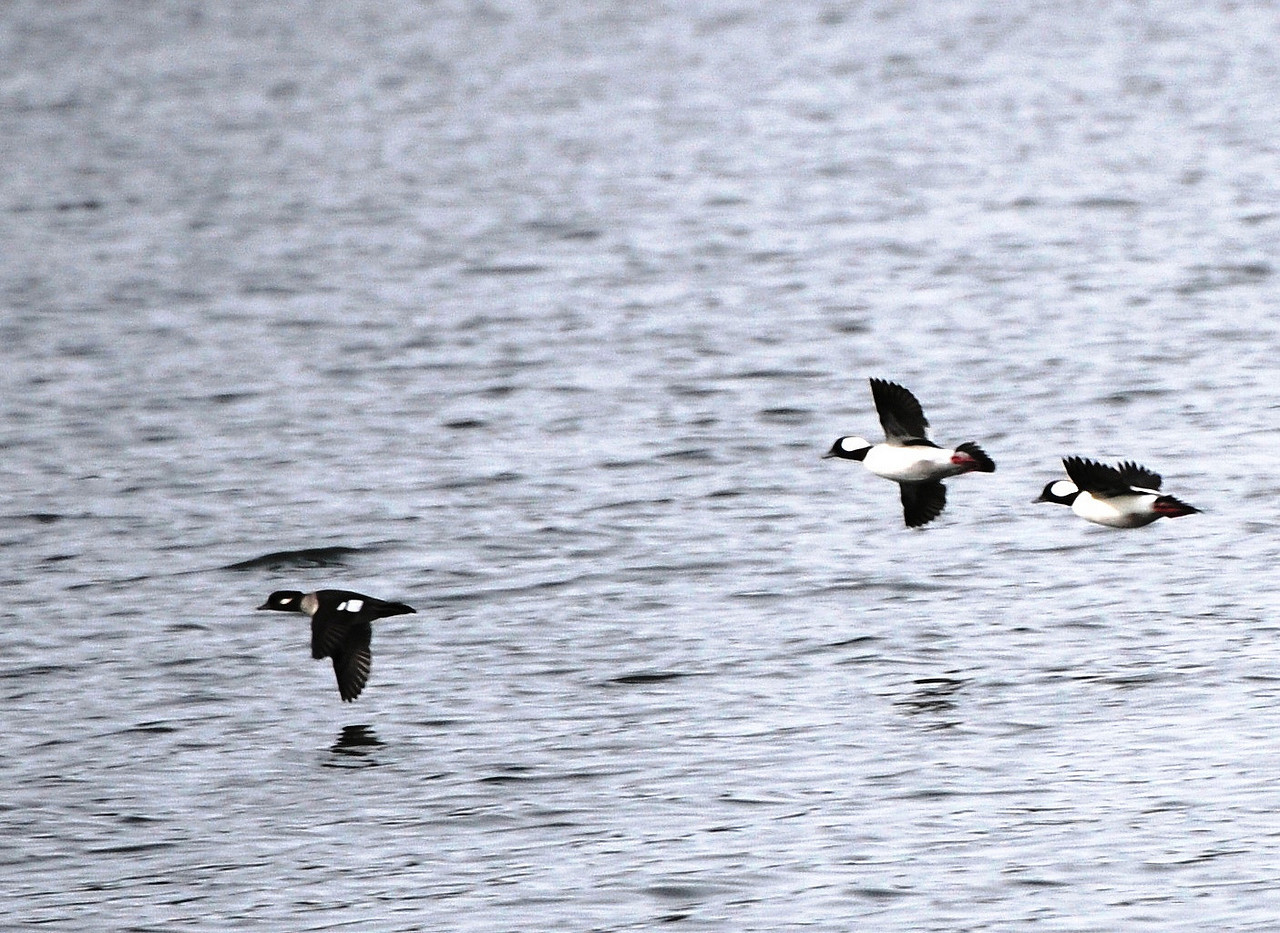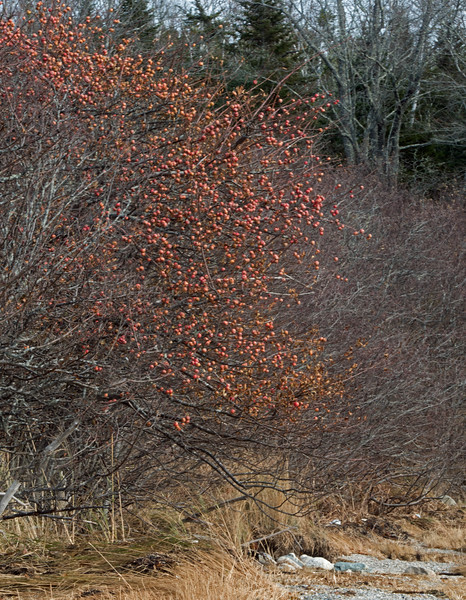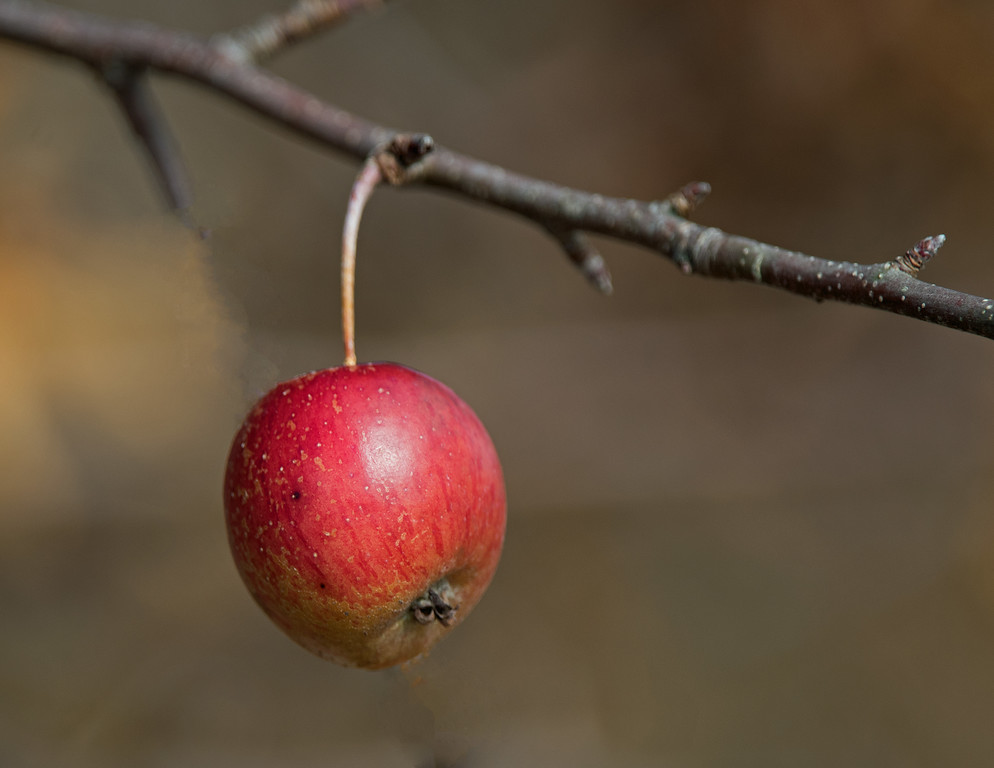Taking the path less traveled by has become for many a metaphor for making a difficult, life-changing choice. We think smaller and more literally: To us, that choice is easily and often made in pursuit of a little tranquility. Apologies to Robert Frost.
(Brooklin, Maine)


































